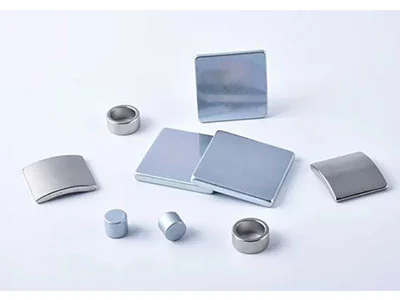Magnets have numerous applications in the medical industry, where they are used for diagnostics, treatments, imaging, and various medical devices. Here are some common uses of magnets in the medical field:
Magnetic Resonance Imaging (MRI): MRI machines utilize powerful magnets to create detailed images of internal body structures. The patient is placed within a strong magnetic field, and radio waves are used to generate signals that are processed into high-resolution images. MRI is a valuable diagnostic tool for assessing soft tissues, organs, and certain medical conditions.
Magnetic Therapy: Magnets are used in therapeutic applications to alleviate pain, promote healing, and improve blood circulation. Magnetic therapy involves placing magnets directly on the body or using devices that emit magnetic fields to stimulate the targeted area. This approach is often used for pain management, joint disorders, and wound healing.
Magnetic Drug Delivery: Magnetic nanoparticles can be used to deliver drugs to specific locations within the body. By attaching medication to these nanoparticles and applying a magnetic field, the particles can be guided to the desired target, enhancing drug delivery efficiency and reducing side effects.
Magnetic Surgical Tools: Magnets find applications in surgical procedures. For example, magnetic retractors are used to hold tissues aside during surgery, allowing better access to the operative area. Magnetic resonance-guided surgery (MRgFUS) employs magnetic resonance imaging to guide and monitor minimally invasive surgeries, particularly in the treatment of tumors.
Magnetic Field Therapy: Magnets are used in devices that generate magnetic fields to stimulate nerve tissues, promote bone healing, and manage conditions like chronic pain or depression. Transcranial magnetic stimulation (TMS) is a non-invasive procedure that uses magnetic fields to stimulate specific areas of the brain for therapeutic purposes.
Prosthetics and Orthotics: Magnets are utilized in the design of prosthetic limbs and orthotic devices. Magnetic systems can provide secure attachment and adjustment options for prosthetic components, such as prosthetic hands or feet. Magnets are also used in orthotic braces and supports for joint stabilization and mobility assistance.
Magnetic Resonance Spectroscopy (MRS): MRS is a specialized imaging technique that uses magnets and radio waves to assess the chemical composition of tissues. It provides information about metabolites and chemical processes occurring within the body, aiding in the diagnosis and monitoring of various conditions, including tumors, neurological disorders, and metabolic diseases.
These are just a few examples of how magnets are used in the medical industry. The unique properties of magnets, such as their ability to create strong magnetic fields and interact with specific tissues or substances, make them valuable in diagnostics, therapies, and medical device applications.
The Role of Magnets In Drug Delivery Systems
Magnets play a significant role in drug delivery systems, particularly in targeted drug delivery. Here's how magnets are used in drug delivery:
Magnetic Targeting、Magnetic Microcarriers 、Implantable Devices、Magnetic Nanocarriers、Magnetic Microneedles、
The use of magnets in drug delivery systems allows for targeted delivery, controlled release, and enhanced efficiency of therapeutic agents. By leveraging the properties of magnets, drug delivery can be more precise, reducing systemic side effects and increasing the therapeutic effectiveness of medications. However, it's important to note that the development and implementation of magnet-based drug delivery systems require careful consideration of factors such as biocompatibility, magnetic field strength, and the specific characteristics of the targeted tissues or organs.









